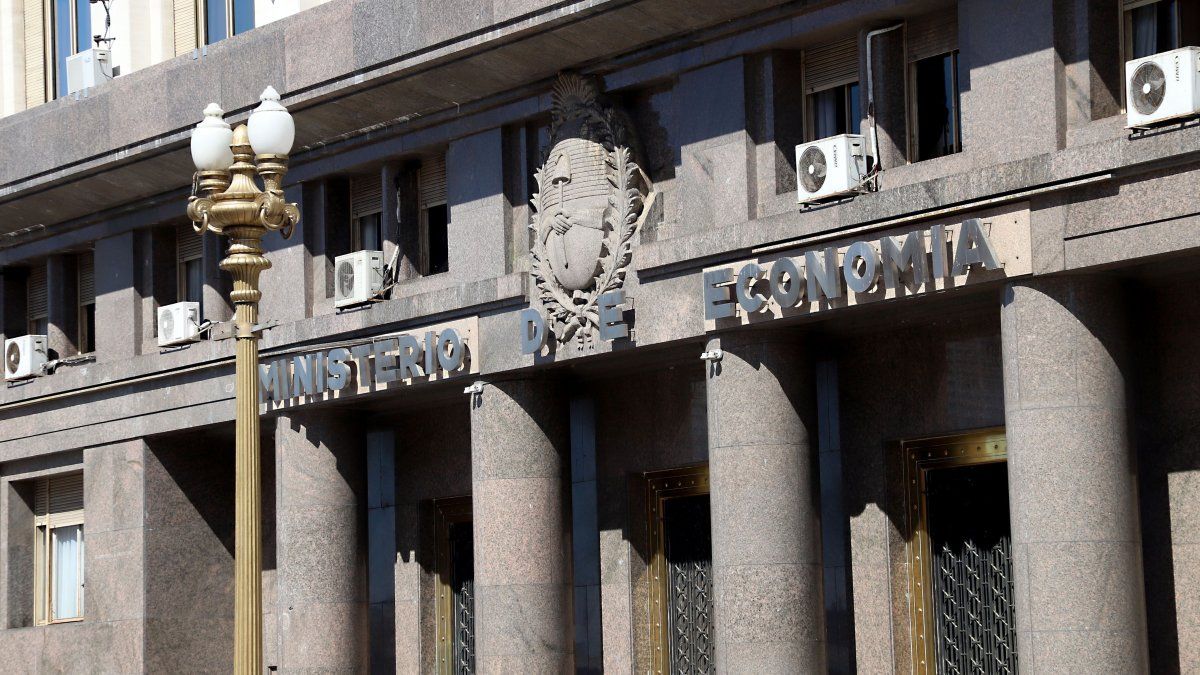1. Oil and gas extraction
The median salary in 2021 was $258,087. “It has always been on the podium of the best payments for a long time. Like mining, it is a very capital-intensive activity, which pays very high salaries here and in much of the world,” Schteingart said.
2. metal mining
Median wages are $250,178, more than triple the economy. Mining created 2,600 jobs in the last two years and “it is a sector with low occupational accident rates and very high formality.”
3. Oil and mining support services.
The median salary is $209,937. They include companies that provide drilling services, operations and direct assistance to mining and, above all, oil.
4. Banks
Median salaries are $187,484. “Although it has been losing jobs since 2017 (as a result of the 2018-20 recessions and the growing digitization of the sector), it has long been an elite sector,” added the analyst.
5.Oil refining
Within the manufacturing industry, it is the best paid branch, with $176,391. It is a very capital-intensive activity, which for decades has been among the best paid in the country.
6. Extraterritorial organizations
Here we mostly have embassies from other countries on Argentine soil, which employ more than 1,600 formal workers, with median salaries of $171,950.
7. Ship transport
With a median salary of $164,845, this branch, mostly specialized in freight transport with the rest of the world, rose 2 places in the ranking since 2019.
8. Electricity and gas supply
The median gross salary in the first 9 months of 2021 was $159,705. This is where power generation companies (eg Central Puerto) and distribution companies (eg Edenor or Metrogas) come in.
9. Air transport
Median wages were $159,326. Although they fell in the ranking due to the pandemic (they were 6th in 2019), airlines usually pay high salaries, and the formality rate is also around 100%.
10.Pharmaceutical industry
Median gross wages were $152,737 in 2021, more than double that of the private sector as a whole ($71,029). The pharmaceutical sector is highly qualified, R&D and highly formal. Poverty in its workers is less than 5%.
What happens to wages in dollars?
The crisis unleashed in 2018, under the government of Mauricio Macri, and aggravated by the Covid-19 pandemic, had workers’ wages as one of the main adjustment variables. Indeed, Salary measured in dollars is 72% lower than four years ago and is at levels similar to those of 2003.
The Economist Nery Persichini reflected this deterioration in income by showing that the salary, according to the Average Taxable Remuneration of Stable Workers (RIPTE) and evaluated at the dollar “counted with liquid” (CCL), was US$461 in November 2021, while in November 2017 was $1,689. That was the peak of recent years, in a context of delay in the official exchange rate, total deregulation of the financial account and indebtedness, a combo that ended up leading to the sharp devaluations of the following year, once Argentina lost access to international credit.
In parallel, Persichini remarked that the salary at the end of last year was equivalent to 26% of the convertibility maximum (US$1,741), 43% of the value prior to the 2001 crisis (US$1,080) and 32% of the maximum verified in the government of Cristina Fernández de Kirchner (US$1,436).
Source From: Ambito
David William is a talented author who has made a name for himself in the world of writing. He is a professional author who writes on a wide range of topics, from general interest to opinion news. David is currently working as a writer at 24 hours worlds where he brings his unique perspective and in-depth research to his articles, making them both informative and engaging.




